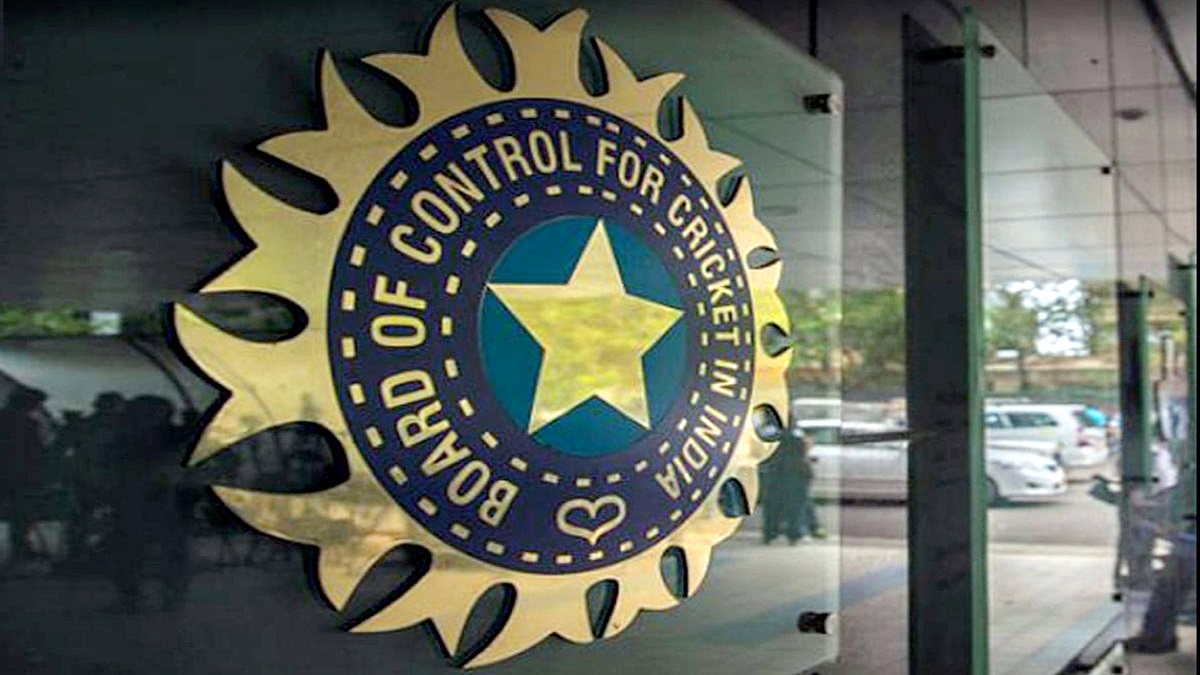


Many aspects of youth sports performance improve with biological maturity. Changes in physiological parameters including strength, aerobic and anaerobic power appear to mirror biological age more closely than chronological age, with peak increases occurring at or around the time of the adolescent growth spurt.
It has been observed that there is a preponderance of early and on-time matures in elite adolescent sports such as football, tennis and swimming, in which greater strength, power and speed give athletes a competitive advantage. In other sports, such as gymnastics and diving, however, short stature and leanness favour relative immaturity, which probably accounts for the preponderance of late matures in these sports.
Is TW3 the only option?
A few months ago, there was a lot of confusion among players and anger among parents when six U-16 cricketers from Karnataka were found overage after they underwent a BCCI-sanctioned TW3 age verification test. When the test results were disclosed, one of those boys was with the state team in Visakhapatnam and he was immediately asked to leave the squad. The development left some of the parents shocked as many of those boys had genuine medical reports and documents like the passport to prove that the boys were not overage as revealed by the tests.
The decision of the High Court to issue a notice comes as Tushar Chaudhary, a U-13 Minerva Punjab player, along with his parents, challenged the guidelines in the court after he was denied a chance to play in the 2018-19 Sub Junior League which had a prescribed bone-age limit of 14.4.
IOC on the issue
The IOC in its consensus statement (June 2010) on age determination in highlevel young athletes had said, “The onset and rate of growth and maturation vary widely between individuals during adolescence, and consequently, the maturational status of children of the same age also differs.”
The assessment of skeletal age by X-ray scanning is limited and does not allow a precise determination of the chronological age. Variations up to several years in bone age have been observed in adolescents of the same chronological age”, the statement added.
Epigenetic clock
A more promising method of determining the age of an individual is the epigenetic clock in which molecular markers called methyl groups can be added or removed from DNA and help determine how genes get used. The study of these and similar DNA markers are called epigenetics and is currently a very new and active field of study. It turns out that some of these methylation sites can steadily accumulate or decrease in specific ways as a person ages. This can be used as an “epigenetic clock”.
DNA methylation based biomarkers and the epigenetic clock theory of ageing
In a recent breakthrough, biomarkers of ageing based on DNA methylation data have enabled accurate age estimates for any tissue across the entire life course. These ‘epigenetic clocks’ link developmental and maintenance processes to biological ageing, giving rise to a unified theory of life course.
Recent research suggests that epigenetics, especially DNA methylation, plays a mechanistic role in aging. Epigenetic clocks, which measure changes in a few hundred specific CpG sites (The CpG sites or CG sites are regions of DNA where a cytosine nucleotide is followed by a guanine nucleotide in the linear sequence of bases along its 5’ 3’ direction. CpG sites occur with high frequency in genomic regions called CpG islands), and can accurately predict chronological age in a variety of species, including humans. Several studies have characterised the effects of aging across the methylome in a wide variety of tissues from humans.
A small fraction of the CpG sites shows age-related changes, either hypermethylation or hypomethylation with aging.
The writer is a fitness & sports medicine specialist.